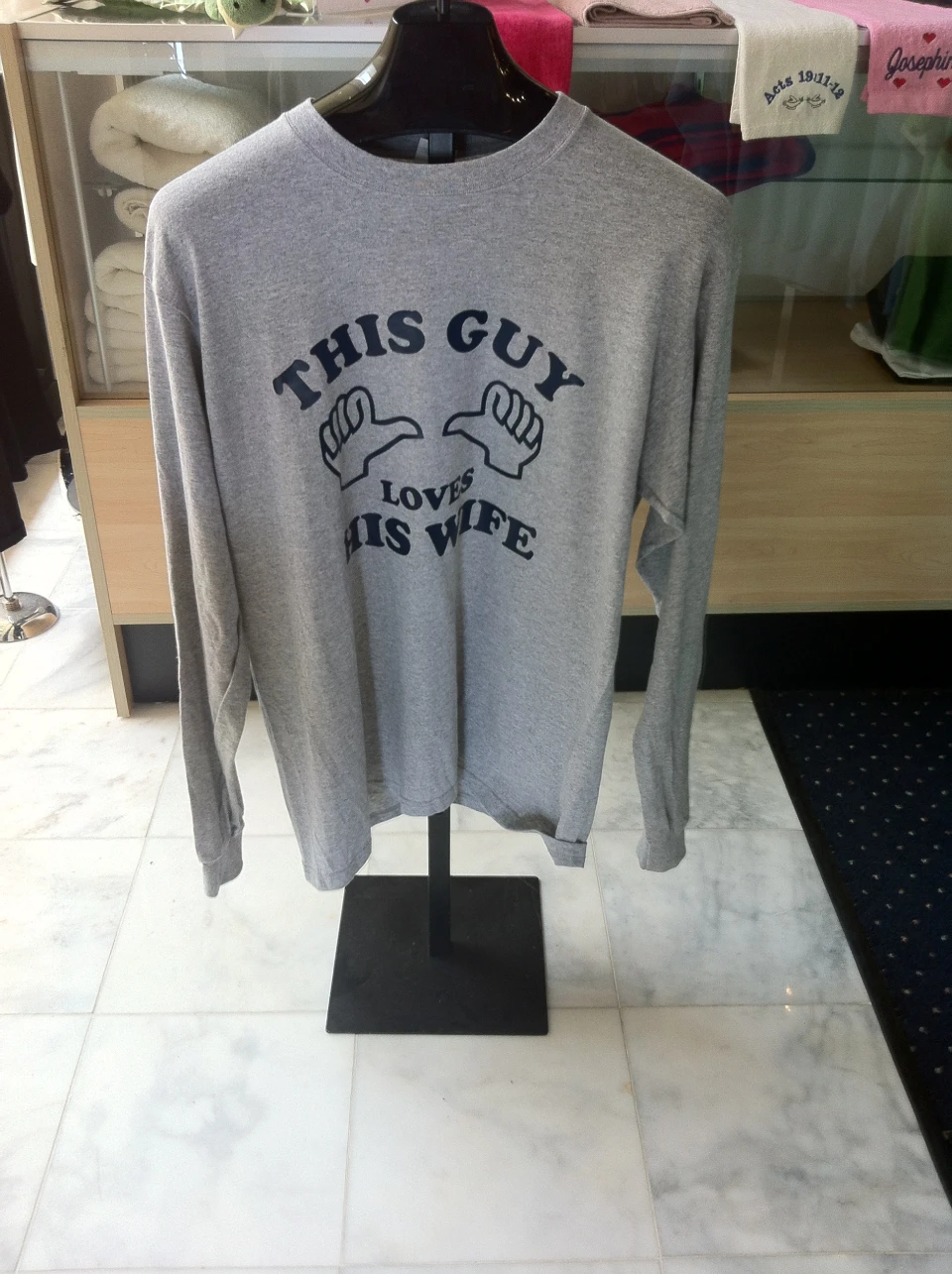Heat Transfer on T-Shirts and Aprons - Customized Styles and Logos
Heat Transfer on T-Shirts and Aprons - Customized Styles and Logos
Blog Article
The Art of Custom-made Needlework: Unlocking the Tricks to Creating Distinct and Unforgettable Designs
Embroidery, a craft soaked in practice and virtuosity, holds within its detailed stitches the power to change material into a canvas of distinct expression. The secrets to producing customized embroidery layouts that astound the eye and leave an enduring perception lie in a fragile equilibrium of technique, creativity, and attention to information. As we explore the globe of personalized needlework, we uncover the nuanced interaction in between thread option, stitch complexity, and layout customization that raises a mere garment to a masterpiece. Join us on a trip with the art of custom needlework as we decipher the mysteries behind crafting absolutely extraordinary and distinctive productions.
Selecting the Right Embroidery Threads
When picking embroidery threads, what vital elements should you consider to guarantee the most effective results for your custom-made designs? The selection of embroidery thread is important in establishing the last end result of your stitched style. One of the primary considerations is the product of the string. Different materials such as cotton, polyester, rayon, and silk offer differing degrees of shine, longevity, and appearance. It is necessary to choose a thread material that enhances the material you are embroidering on and aligns with the wanted appearance of the design.
Thicker threads can include measurement and texture to your style, while finer strings are perfect for elaborate details and little text. Additionally, thinking about the color fastness and washability of the thread is vital to make certain that your custom-made designs keep their quality and vibrancy over time.
Exploring Various Stitch Methods
To dig into the realm of 'Checking out Various Stitch Methods', one must grasp the details and nuances that each stitching approach offers the art of embroidery. Different stitch techniques not only include visual rate of interest yet also contribute to the general appearance and dimension of the design. One prominent stitch strategy is the satin stitch, which entails closely packed parallel stitches to create a smooth and shiny surface, suitable for filling out forms and producing bold details.
On the other hand, the backstitch is a functional method frequently made use of for detailing and adding great information. It includes stitching backwards to create a strong line of embroidery. Additionally, the French knot stitch includes a tactile element to layouts, best for creating distinctive accents like flower facilities or ornamental touches.
Exploring various stitch methods allows embroiderers to have fun with light, shadow, and deepness within their designs, boosting the visual allure and artistic top quality of their embroidery tasks. By grasping various sewing methods, one can open endless opportunities for creating special and memorable custom-made embroidery pieces.
Incorporating Personalized Layout Elements
Having actually explored the ins and outs of various stitch methods such as the satin stitch, backstitch, and French knot, the emphasis currently shifts in the direction of incorporating individualized layout elements in custom-made needlework jobs. Customized layout elements play a critical role in making embroidery jobs absolutely unique and unforgettable. One means to incorporate personalization is by adding initials, names, or considerable days to the layout. This not just adds a customized touch yet additionally boosts the sentimental value of the embroidery piece.
Another means to incorporate personalized design components is by consisting of icons or concepts that hold special significance to the recipient or reflect their interests and personality. Incorporating a favored blossom, animal, or hobby-related icon can make the needlework style more purposeful and tailored. Furthermore, choosing shades that reverberate with the recipient or align with the intended motif can additionally improve the personalization of the needlework project.
Understanding the Art of Color Coordination
One secret aspect of color control is recognizing color theory. This includes recognizing exactly how different shades connect with each other, the feelings they communicate, and just how they can be integrated to create aesthetically appealing layouts. By applying shade concept principles, embroiderers can develop harmonious shade palettes that boost the overall heat transfer on t-shirts and aprons appearance of the design.
Furthermore, taking notice of comparison is important in shade coordination. Making use of contrasting colors can assist particular elements of the style pop, boost clarity, and develop a visually dynamic needlework item. By mastering the art of shade control, embroiderers can elevate their styles and develop memorable pieces that reverberate with customers and viewers alike.
Enhancing Structure With Advanced Needlework Stitches

French knots, as an example, are perfect for adding little, increased dots to your design, imitating the appearance of grains or creating a textured surface. Bullion knots, on the various other hand, can be made use of to develop twisted, ropelike elements that add an extravagant feeling to the needlework. Seed stitching involves small, scattered stitches that can fill up in areas with a speckled structure, while turkey job develops cosy, dimensional accents evocative pet hair or vegetation. Trying out these advanced embroidery stitches allows you to push the limits of conventional needlework and develop absolutely one-of-a-kind and visually attractive structures in your designs.
Verdict
In verdict, the art of custom-made embroidery entails a mix of choosing the appropriate threads, exploring numerous stitch methods, incorporating tailored style elements, understanding color control, and improving appearance with sophisticated stitches. By understanding and carrying out these key components, embroiderers can create one-of-a-kind and unforgettable layouts that showcase their creative thinking and skill. Needlework enthusiasts can open the secrets to developing gorgeous and custom pieces that stick out and leave a lasting perception.
Report this page